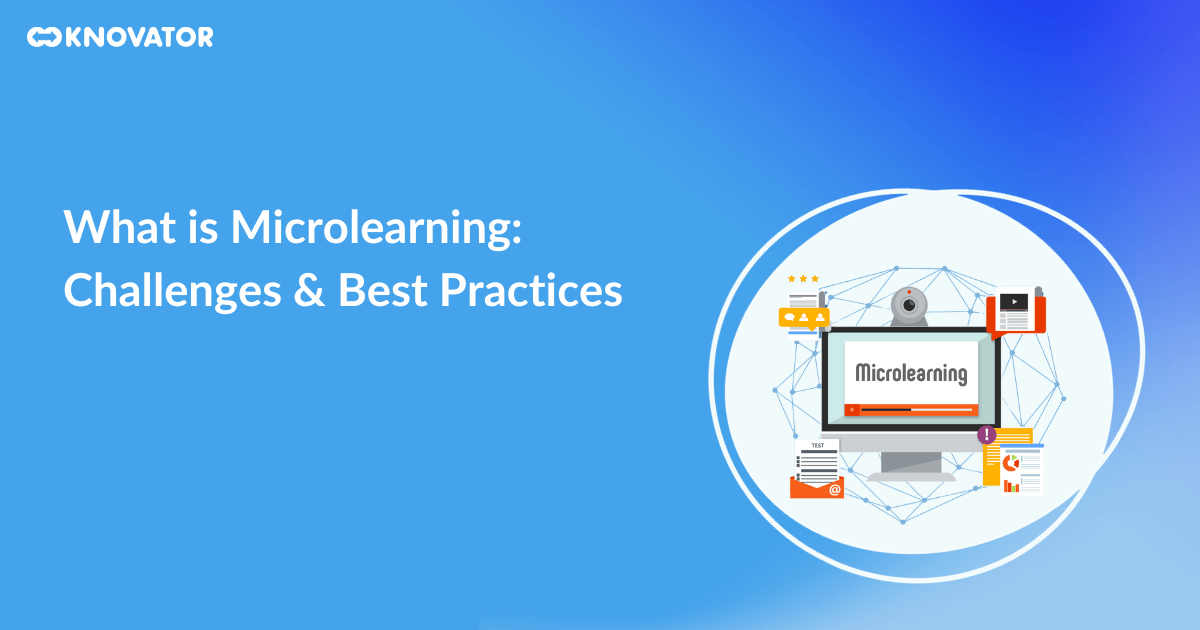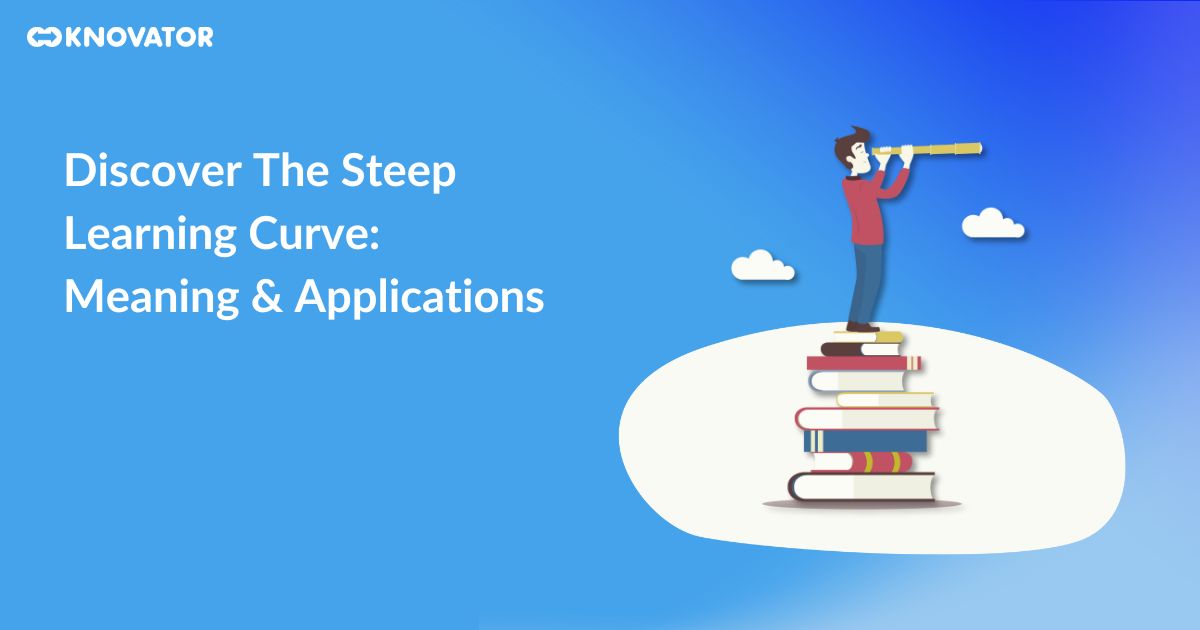Do you feel the vast sea of information and learning materials available today are overwhelming for learners? Lengthy courses can make learners lose interest easily. So, what is the way out?
Welcome to the world of Microlearning!
Don’t worry if the concept is new to you because in this blog post, we’ll explore what microlearning is, its benefits, the challenges it addresses, and the best practices for effective implementation.
So, let’s begin.
What is Microlearning?
Microlearning is like learning in bite-sized chunks. Instead of big, lengthy courses, it’s about breaking down knowledge into tiny, easy-to-grasp pieces. Imagine it as learning nuggets – small and packed with valuable information.
This approach to learning is super important in today’s world. Why? Because the attention spans of learners are often quite short. Microlearning fits perfectly into the current fast-paced lives. It’s like getting quick, helpful doses of knowledge.
Microlearning makes learning easier and more effective. With microlearning, learners can learn something new without feeling overwhelmed. It’s like having a series of small victories that add up to big success.
Plus, remembering things is easier when they are in short bursts. So, microlearning isn’t just a cool trend; it’s a smart way to learn and grow in the busy, information-packed world.
Benefits of Microlearning

1. Time-Efficiency
In today’s fast-paced lives, time is precious. Microlearning respects that. Traditional long courses can be time-consuming, making it tough to find hours or even days to dedicate to learning. Microlearning flips the script by offering quick, focused lessons. Learners can squeeze in a microlearning module during a coffee break or a short bus ride—no need to set aside big chunks of time.
2. Increased Engagement
Microlearning isn’t just about saving time; it’s about keeping one engaged. Short and focused lessons cater to the shorter attention spans. They’re like tiny learning adventures that hold interest. When engaged, a learner is more likely to absorb and remember information.
3. Improved Knowledge Retention
Remember learning for a test and then forgetting everything a week later? Microlearning aims to tackle that issue. Delivering information in small, manageable chunks allows reinforcing your learning regularly. This spaced repetition boosts knowledge retention. It is not just learning; it is about building a solid foundation of knowledge that sticks around.
In summary, microlearning is a time-efficient, engaging, and memory-boosting approach to learning. It adapts to fast-paced lives, ensuring one can acquire and retain knowledge effectively, even amid a hectic schedule. The benefits of microlearning make it a powerful tool for anyone looking to learn and grow in today’s world.
Challenges of Microlearning
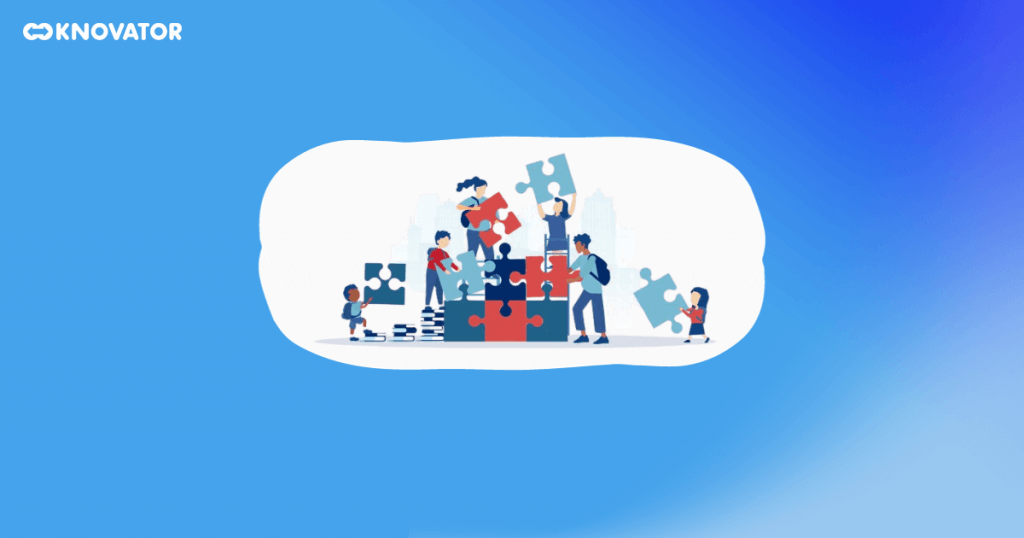
1. Resource Allocation
One of the primary challenges of microlearning is resource allocation. Creating high-quality microlearning content requires time, effort, and, sometimes, financial resources. Organizations must invest in content development tools, software, and skilled instructional designers to craft engaging microlearning modules. Additionally, maintaining and updating these modules can be an ongoing expense. Smaller organizations or those with limited budgets may find allocating resources for microlearning initiatives challenging.
2. Content Scaling
Scaling microlearning across various topics and skill levels can be a significant challenge. While creating short modules for basic or introductory content is relatively straightforward, more complex subjects may require a series of interconnected microlearning modules. Ensuring consistency in content quality and aligning it with organizational goals can be challenging when dealing with a large volume of microlearning materials.
3. Accessibility
Microlearning often relies on digital platforms, which can create accessibility issues for learners who lack reliable internet access or have disabilities. Ensuring that microlearning content is accessible to all individuals, including those with visual or hearing impairments, requires careful design and additional resources. Organizations must be mindful of these accessibility considerations to give equal learning opportunities to all employees.
4. Lack of Time
Even so, one of the challenges of microlearning is related to the limited time available for learning. In some cases, learners may perceive microlearning as an additional task that they struggle to fit into their busy schedules. Furthermore, constantly switching between microlearning modules can be mentally exhausting. Balancing daily work demands with microlearning can be a hurdle for some individuals.
Even though microlearning has its difficulties, it’s still a useful way to learn and get better at things. To deal with these challenges, organizations should plan their microlearning carefully, put enough resources into it, and make sure everyone can use it easily. When they do it right, microlearning can beat these problems and bring advantages by helping people learn and improve their skills. So, it’s worth the effort!
Microlearning Examples

1. Microcopy
Microcopy refers to brief and context-specific messages or hints that assist users in their learning journey. Examples:
- Error notifications
- eCommerce hints
- Contact form explainers
2. Microlearning Videos
Microlearning videos are short, focused clips designed to achieve specific learning objectives. They can serve as standalone content pieces, providing a particular piece of knowledge or skill, or be part of a more extensive learning series. Examples:
- Explainer videos
- Brief & interactive videos
- Micro-lectures
- Whiteboard animations
- Kinetic text-based animations
3. Microlearning Apps or Mobile Apps
These are applications designed to deliver quick, on-the-go micro-lessons to users. Popular examples include:
- YouTube
- Headspace
- Lasting
- Word of the Day
- TED
All provide easily accessible and concise learning opportunities through mobile devices.
4. Micro-challenges and Games
Micro-challenges and games are learning activities that typically involve scoring and can come with rewards like awards, benefits, badges, recognition, or other incentives for participants who excel. These activities are often engaging and can include elements such as:
- Multiple-choice quizzes
- Interactive polls
- Flashcards
- Question and response
- Simulations
- Recording your answers to questions
5. Infographics
Infographics are visually appealing representations of information, often using icons and visuals to emphasize key points and numerical data. They simplify complex information and are designed to be easy to understand. There are various types of infographics, including:
- Statistical infographics
- Informational infographics
- Timelines
- Process infographics
- Geographic infographics
- Hierarchical infographics
- List infographics
Principles and Best Practices
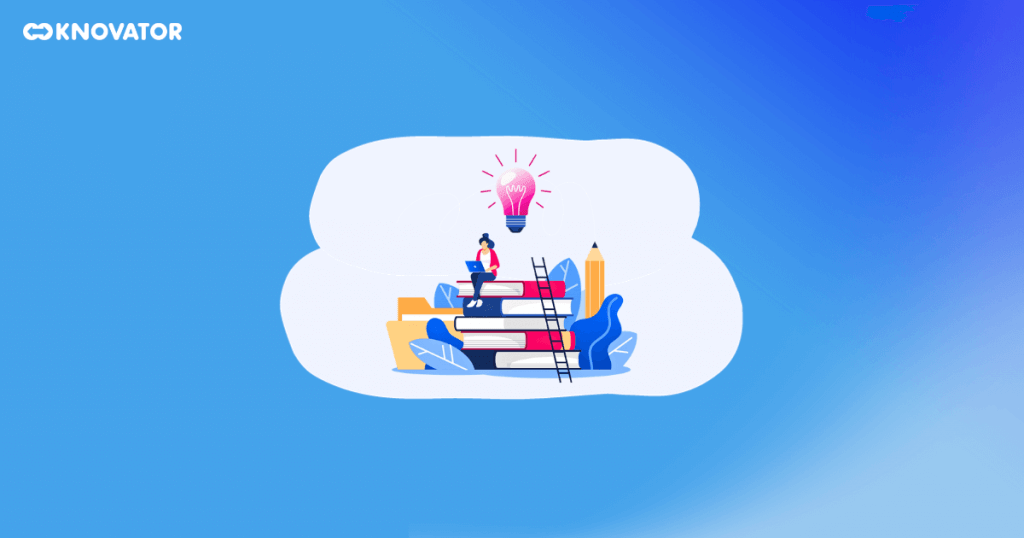
1. Keep it Short and Sweet
Microlearning is all about tiny, easy-to-understand lessons. Make it simple.
2. Focus on One Thing
Each microlesson should teach just one thing. This makes it easier to remember.
3. Engage with Media
Use videos, quizzes, and fun stuff to make learning interesting. Videos catch your eye, and quizzes help you remember.
4. Repeat to Remember
Revising what was taught is a good idea. Put a quiz or a summary at the end to refresh the learner’s memory.
5. Anytime, Anywhere
Ensure learning is possible using a phone or tablet. It’s no good if the learner needs a work computer.
6. Learn Together
Let people discuss and comment on microlearning. It helps everyone understand better.
7. Use What You Have
If you already have training materials, use them for microlearning. You don’t always need to start from scratch.
8. Make it Fun
Microlearning can be like a game. Give out badges or points when you finish. It’s like winning in a game and makes learning more exciting.
9. Match the Task
Only some things can be learned in tiny lessons. Some things need real practice or hands-on training.
10. Award Achievements
Give out rewards like badges or points. It makes learning fun and motivates people to keep going.
11. Allocate Resources
Don’t forget to budget time and money for microlearning. It needs resources for development and maintenance.
12. Measure Success
Keep an eye on how well your microlearning program is doing. Are people learning? Are they using it? Use data to improve.
Microlearning Theory
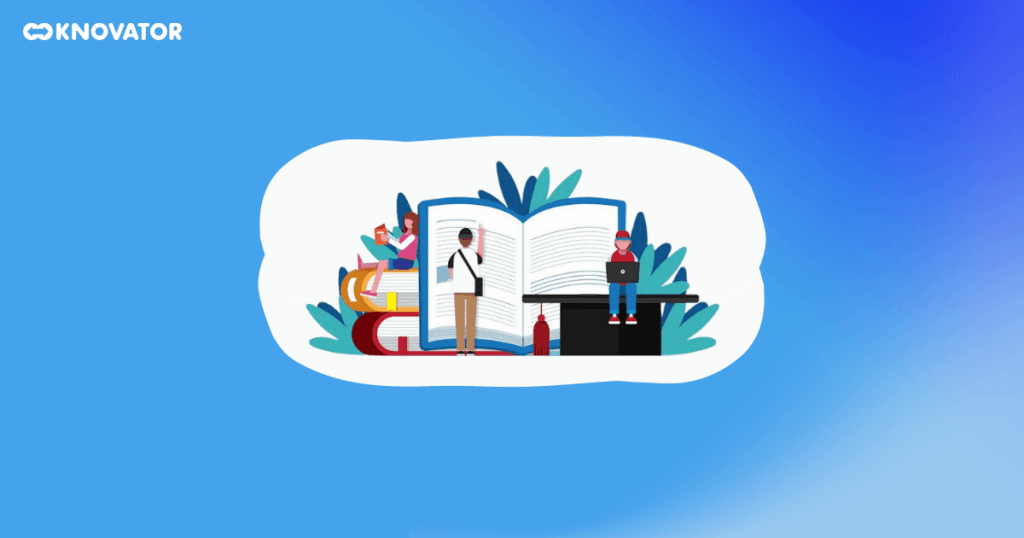
1. The Ebbinghaus Forgetting Curve
Imagine a person learning something new today. According to the Ebbinghaus curve, they’ll start forgetting it right away. The curve shows that human memory of new information drops quickly at first. But here’s the interesting part: reviewing what one learned at the right times can slow down the forgetting curve.
That’s where microlearning comes in. Instead of one big study session, it gives lots of tiny lessons. The learner learns a little, reviews it, and remembers it better. Microlearning spreads out the review, which fights the curve. It’s like doing mini-boosts to one’s memory.
2. Memory Retention
Our brains like small, easy-to-digest chunks of information. Microlearning serves exactly that. Learning something in short, simple bits, is easier to remember. It’s like eating small daily snacks instead of one big meal. The brain can digest and store the information more effectively.
So, microlearning is more than just a random idea. It’s built on how our brains work. By breaking down learning into tiny pieces and reviewing them, we can remember things better and for a longer time. It’s like a memory superpower!
Future of Microlearning
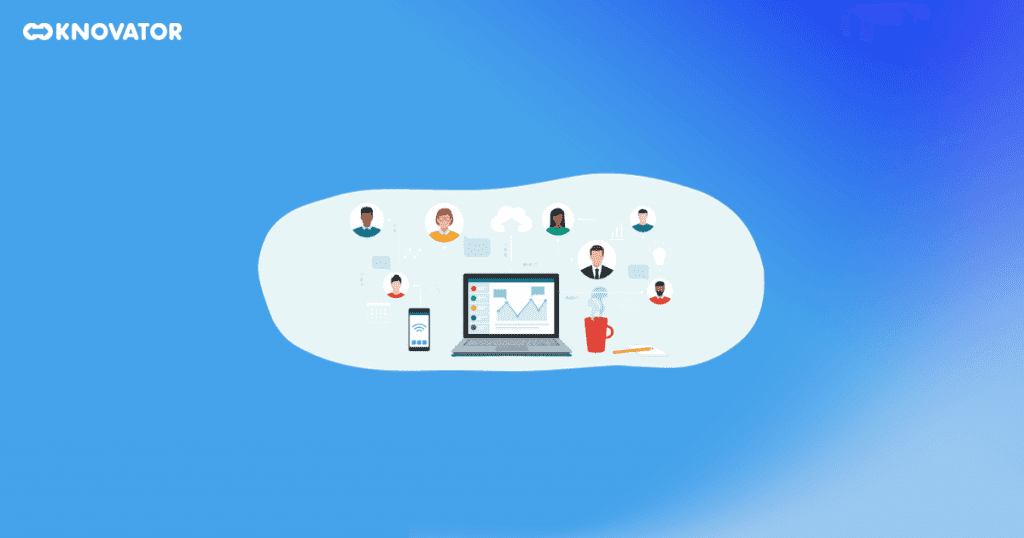
- Personalization: Microlearning will become even more critical, adapting content to individual learners’ needs and preferences for improved engagement and learning outcomes.
- AI and Machine Learning: These technologies will analyze learner progress and recommend personalized microlearning modules, enhancing the efficiency of the learning process.
- AR and VR: It will be integrated into microlearning, allowing learners to immerse themselves in realistic scenarios, facilitating practice and learning in immersive environments.
- Mobile Microlearning: The growth of mobile microlearning will continue, thanks to the widespread use of smartphones and tablets, enabling learners to access bite-sized knowledge conveniently anywhere and anytime.
- Gamification: Gamification will evolve, making microlearning more interactive and enjoyable. Challenges, rewards, and competition will motivate learners, ultimately boosting engagement in the learning process.
So, the future of microlearning will be shaped by personalization, AI, VR, mobile access, and gamification. These trends will make learning more accessible, engaging, and effective, catering to the evolving needs of learners in a fast-paced world.
Embrace the Power of Microlearning
Microlearning is not just a passing trend; it’s a smart way to learn in today’s fast-paced world. By breaking down knowledge into small, manageable bits, microlearning helps learners retain information better. It adapts well to busy lives, making learning convenient and engaging.
Personalization, technology like AI and VR, and gamification will continue to enhance the microlearning experience as we look to the future.
So, regardless of who you are, consider embracing microlearning as a valuable tool on your journey to gaining knowledge and skills. It’s the bite-sized path to brighter and more accessible learning opportunities.
